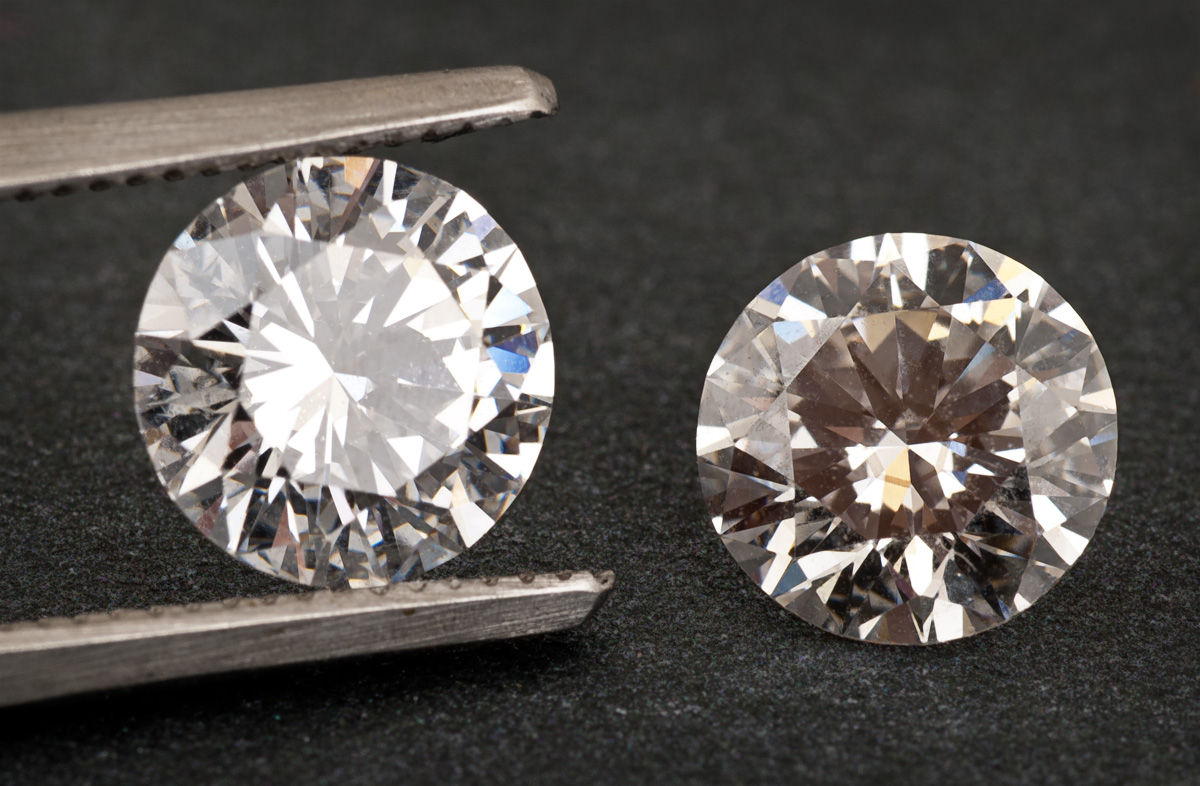
The allure of diamonds has captivated human society for centuries, with these gemstones representing wealth, commitment, and timeless beauty. However, the diamond industry has undergone significant changes in recent years with the advent of synthetische diamanten echte diamanten vergleich. This article aims to explore the differences between synthetic diamonds and real diamonds, delving into their formation, properties, cost, environmental impact, and ethical considerations.
Formation: Natural vs. Synthetic
- Real Diamonds: Also known as natural diamonds, these are formed deep within the Earth under immense heat and pressure over billions of years. They are mined from the earth’s crust and are found in various locations around the world, including Africa, Russia, Australia, and Canada.
- Synthetic Diamonds: These are created in laboratories using high-tech processes that mimic the conditions under which natural diamonds form. The two most common methods are High Pressure High Temperature (HPHT) and Chemical Vapor Deposition (CVD). HPHT uses intense pressure and heat to crystallize carbon, while CVD uses a gas mixture and a plasma reactor to grow diamond crystals layer by layer.
Physical and Chemical Properties
- Structure: Both synthetic and natural diamonds have the same crystal structure, known as cubic or diamond cubic, and are composed of carbon atoms.
- Hardness and Durability: Both types of diamonds rank a 10 on the Mohs scale of hardness, indicating they are equally hard and durable. This makes them suitable for jewelry and industrial applications.
- Optical Properties: The visual properties—like brilliance, fire, and scintillation—are indistinguishable between synthetic and natural diamonds when viewed with the naked eye.
- Detection: Although nearly identical in appearance, synthetic diamonds can sometimes contain microscopic markers or inclusions that indicate their laboratory origin. Specialized equipment is required to distinguish between synthetic and natural diamonds.
Cost and Accessibility
- Price: Synthetic diamonds are generally less expensive than natural diamonds, with prices ranging from 20% to 40% lower for similar quality stones. This cost advantage is due to the less resource-intensive production process and shorter creation time.
- Availability: Synthetic diamonds can be produced in a matter of weeks fertig zum kaufen diamantringe, making them more readily available compared to the finite supply of natural diamonds.
Environmental and Ethical Considerations
- Mining Impact: Natural diamond mining can have significant environmental impacts, including habitat destruction, soil erosion, and water pollution. It also has a history of ethical issues, such as human rights abuses and conflict diamonds.
- Sustainability: Synthetic diamonds are generally considered more sustainable, as they do not require mining and typically use less energy and water in production. However, the sustainability of synthetic diamonds depends on the specific methods used and the energy sources involved.
- Ethical Sourcing: Because synthetic diamonds are produced in controlled environments, they are free from the ethical concerns associated with some natural diamond sources, like conflict zones or exploitative labor practices.
Conclusion:
The choice between synthetic and natural diamonds ultimately comes down to personal preference and values. Both types of diamonds offer the same beauty and durability, but synthetic diamonds often come with a lower price tag and fewer ethical and environmental concerns. Whether you opt for a classic natural diamond or a lab-created synthetic diamond, you can find a stunning and meaningful piece of jewelry that suits your needs.
